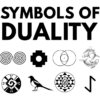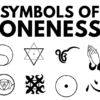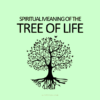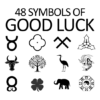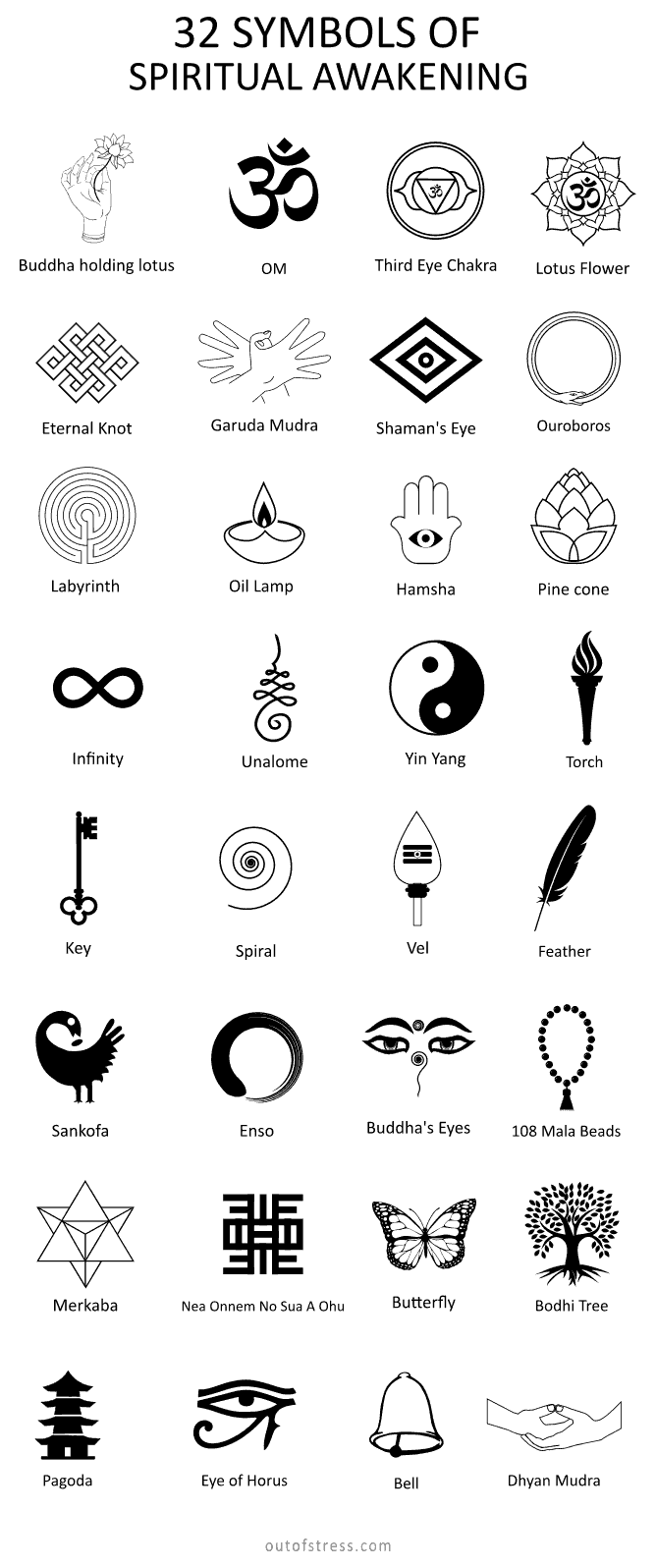
Throughout history, many cultures have utilized symbols to achieve spiritual awakening, which is defined in Taoism as a return to the original spirit. By simply studying the design and complexity of a symbol, it is believed that we can feel closer to the divine and develop a deeper understanding of our place in the universe. But what do the symbols mean? Continue reading to find out.
32 symbols of spiritual awakening
1. Garuda Mudra (Awakening)
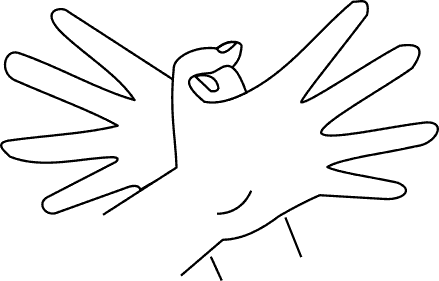
Mudras are sacred hand gestures widely used in Buddhist and Hindu ceremonies because they are believed to influence our spiritual and physical energies. The Garuda Mudra is strongly associated with the element of air and is regarded as a powerful tool to elevate the cosmic energies inside the body (also known as prana) in order to reach spiritual enlightenment.
2. Hamsa
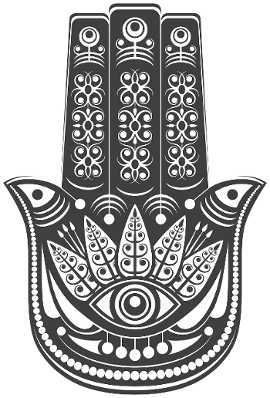
The Hamsa is a hand-shaped symbol that is highly regarded as one of the most potent protection amulets in the world. The five fingers represent the five senses as well as the five mudras, and the eye in the center of the palm is said to ward against evil spirits. The Hamsa is a powerfully positive symbol that can help us nurture our spirits and deepen our meditation practices.
3. Ouroboros
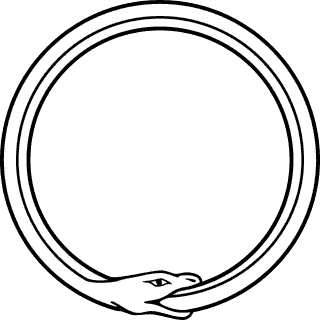
The Ouroboros is an Ancient Egyptian symbol depicting a snake or serpent eating its own tail. The shape forms a complete circle which is associated with the cycle of life, death, and rebirth. This pattern also plays out as the turning of the seasons and relationships that come and go.
4. Pine Cones

The humble pine cone has long been associated with eternal life and fertility due to its perfect geometry. The staff of the Ancient Egyptian God Osirus often depicts two snakes rising up to meet at a pine cone, and in Ancient Rome pine cones were strongly associated with Venus, the Goddess of Love. Pine cones also represent the Third Eye; a powerful symbol of enlightenment.
5. Labyrinth
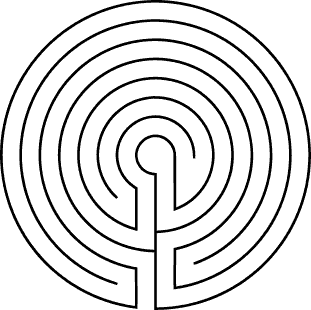
The first labyrinth was believed to have been created in Ancient Greece by architect Daedalus to trap a deadly Minotaur. Since then, labyrinths have become known as powerful symbols of the spiritual journey. Entering a maze (either physically or mentally) is thought to call on your intuitive powers to promote self-discovery and achieve spiritual enlightenment.
6. Yin Yang
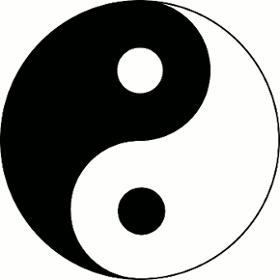
The Yin Yang symbol is the Ancient Chinese concept of light (masculine energy, heat, positivity) and dark (feminine energy, still, negative). The intertwining of black and white in the symbol represents the interdependency of the natural world; you cannot have light without darkness. This notion of duality reminds us that we need to accept every part of ourselves in order to achieve spiritual awakening.
7. Diya (Oil Lamp)
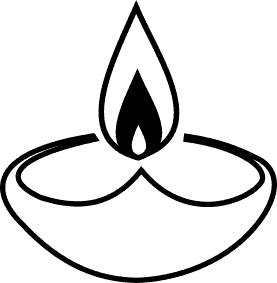
The Diya is an oil lamp made from clay that has become a significant symbol in Hinduism, Sikhism, and Buddhism. It is believed to represent knowledge, purity, and goodness. When a Diya is lit, it is a symbol of the burning of our negative emotions and habits, so that we can move forward into the light of knowledge to reach a better place.
8. Key

Keys have been used as status symbols for power and authority throughout history. Yet these objects have a much deeper meaning. The basic function of a key is to unlock doors which can be seen as a symbol of success, freedom, and spiritual liberation. Historically, skeleton keys have been widely used as amulets to assist the wearer in seeing the possibilities and opportunities in life.
9. Lotus
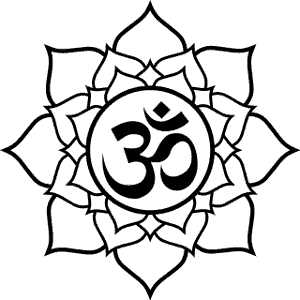
Lotus flowers are one of the most sacred plants in the world. In many Eastern cultures, they have come to represent purity, peace, and enlightenment. They have also become popular as tattoos in western cultures to represent personal growth and spirituality. The yellow lotus, in particular, is said to represent spiritual ascension which is why they are commonly used in meditation practices.
10. Feather

Feathers are most commonly associated with freedom, wisdom, and strength. If a feather suddenly drops from the sky, it is believed to be a gift from a higher power. In Native American tribes, feathers were regarded as the link between heaven and earth so people often used them to directly connect with the divine. This belief is likely due to the fact that birds fly high up in the sky so they are closer to God.
11. Vel symbol (Hinduism)

The Vel is the spear carried by the Hindu God Lord Murugan, who is known to help with the redemption of sins. The spear itself is a common sight in temples dedicated to the deity as it is a symbol of the ultimate truth that will assist you in achieving spiritual awakening. The tip of the spear is said to represent a sharp devotion, focus, and strong ambition to evolve and raise your consciousness.
12. Sankofa (Adinkra)

The Sankofa is an Adinkra symbol, depicted as an emblematic heart, or a bird with its head turned back towards its body. The word Sankofa simply means ‘go back and get it’, which refers to the human ignorance that can impede spiritual enlightenment. The symbol relates to the reverence for the history of a person or culture that should never be ignored, as it is a part of the spirit.
13. Buddha’s eyes
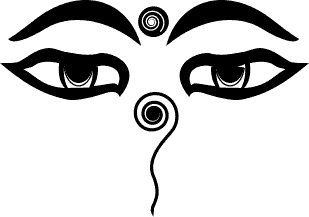
On virtually every Buddhist Shrine, you will find a pair of Buddha’s eyes staring out at the world from all four sides of the building. These eyes represent the all-knowing, omniscient power of Buddha. In human terms, Buddhists believe that the material eyes look at the external world, whereas the inner eyes can see beyond our material world.
14. Enso

The Enso is a popular symbol in Buddhist and Japanese cultures, depicted as an open or closed circle created with one single brushstroke. It is believed to encompass a person’s mindset on their life. The complete circle is a strong symbol of satisfaction and completeness. Whereas the open circle represents a feeling of emptiness or want in a person’s life. Spiritually, the Enso is often viewed as a mirror of the moon which is a universal symbol of enlightenment.
15. Bodhi tree or Leaf
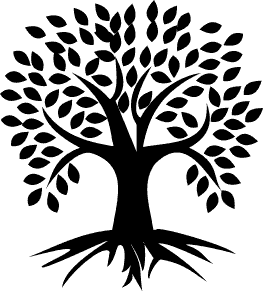
The Bodhi tree is an important symbol in Buddhism that represents a person’s spiritual journey. The actual Bodhi tree is an ancient plant that Buddha was said to have attained spiritual enlightenment under. Although the tree no longer exists in the natural world, its symbol is one of perseverance, devotion, and spirituality, often used in traditional meditation practices.
16. 108 mala beads

A mala is a string of beads that are commonly used to count prayers or mantras to aid in meditation. Mala beads can also be worn as jewelry to assist spiritual development. They are commonly used in both Hinduism and Buddhist cultures; Hindus believe that the number 108 is the basis for all creation, whereas Buddhists believe there are 108 human passions that prevent enlightenment.
17. Sun

The sun is the basis for all life on earth. In fact, the solar cycles were used by ancient cultures around the world to determine the dates of fertility rites. This life-giving resource is strongly associated with knowledge, the light of truth, joy, and the higher self. If you turn over the sun tarot card in a reading, it signifies the joy that can come from following a spiritual path.
18. Merkaba
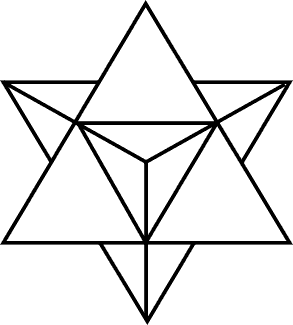
Merkaba has long been a powerful symbol of ascension. Since Ancient times this complex star-shaped symbol has been used to raise a persons’ energy vibrations, in order to achieve spiritual awakening. In simple terms, Merkaba represents everything that surrounds us, which is usually broken down into three categories; Mer (light), Kameant (the human spirit), and Ba (the physical human form).
19. Butterfly

The butterfly has become a universal symbol of transformation due to its unique lifecycle. It is considered to be an extremely feminine symbol that encompasses grace, beauty, and the magic in believing. It also represents self-reflection and awareness which is essential as you can only achieve spiritual awakening once you understand yourself.
20. Nea Onnem No Sua A Ohu (Adinkra symbol)

Nea Onnem No Sua A Ohu simply translates to ‘He who does not know can know from learning’. The symbol consists of a number of geometric straight lines which represent the continued quest for knowledge through lifelong education.
21. Infinity

The looping shape of the infinity symbol represents timelessness, personal empowerment, and joy. It is believed to promote spiritual healing and can help you cast out doubts about your self-worth. The infinity symbol is said to have been created by Thoth; the God of science, art, and wisdom, and was commonly worn atop crowns by Ancient Egyptian pharaohs.
22. Triangle
The triangle is frequently associated with the spiritual realm, as it is believed to represent the path to enlightenment. Triangles are broad at the base and taper to a point at the top. The point is considered to be the place where energy is directed whereas the base represents the solid foundation from which you can launch your quest for spiritual awareness.
23. Dhayna Mudra

Awakening happens when one becomes conscious of the unconscious. Dhayna or focused meditation plays a crucial role in this and hence the Dhayna Mudra is associated with awakening or enlightnment.
24. Pagoda
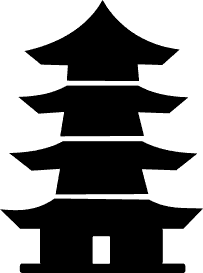
A Pagoda is a tiered tower structure each tower representing an element of nature. The pagoda symbolizes wisdom, peace, harmony, stability, and the path to higher consciousness and understanding.
25. Eye of Horus
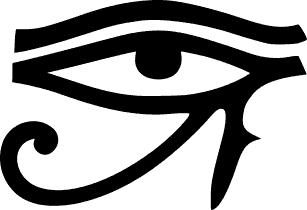
The Eye of Horus is an ancient Egyptian symbol associated with wisdom, power and protection. The eye seems to correspond to the third eye or the eye of intuition and knowledge which is associated with awakening.
26. Bell or Gong

Bells are associated with the expansion of consciousness. In Tibetan Buddhism the Bell is always used along with a Vajra. Together these instruments are said to symbolize enlightenment.
27. Shaman’s Eye
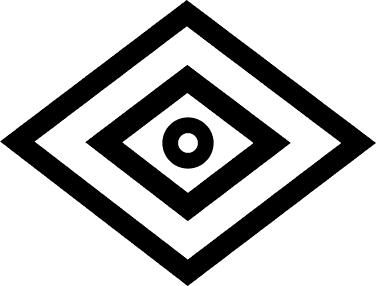
The Shaman’s Eye is a Native American symbol that represents deeper vision and intuition to see things beyond the material world and into the world of the formless consciousness.
28. Torch

Awakening is about shining the light of consciousness over that which is unconscious. And hence a torch is a powerful symbol of awakening. In many cultures, the torch is a symbol of freedom, inspiration and knowledge. The torch is also associated with the conscious mind.
29. Third Eye Chakra
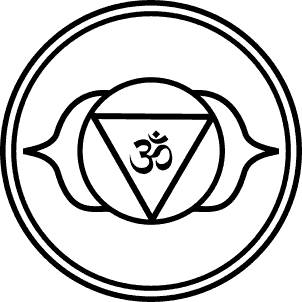
The Third Eye Chakra corresponds to the pineal gland which is associated with awakening. The pineal gland is your pathway to the spiritual realm without which anyone will find it impossible to see beyond the material world.
30. Mirror
A mirror stands for self reflection or looking at and understanding your own self. Awakening begins the moment you start to understand yourself.
31. Spiral
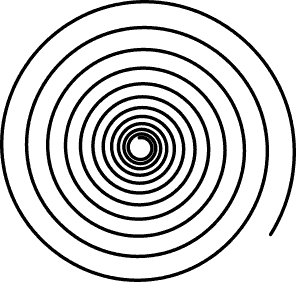
The spiral represents a connection between the outer world and inner world. An awakened individual lives in between these worlds in perpetual balance.
32. Vajra
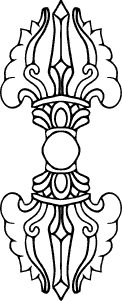
Vajra as a spiritual instrument has been found in many religious and cultures across the world. A vajra represents spiritual power, symmetry and perfection. It also stands for the male principle. The Vajra along with the bell (which is the female principle) is said to represent enlightenment.
Conclusion
Symbols are powerful images that can affect the psyche and encourage us to look deeper into ourselves. By doing so, we are opening ourselves up to the divine truth that will set us free from mundane human worries and allow us to achieve a higher understanding of all life.


